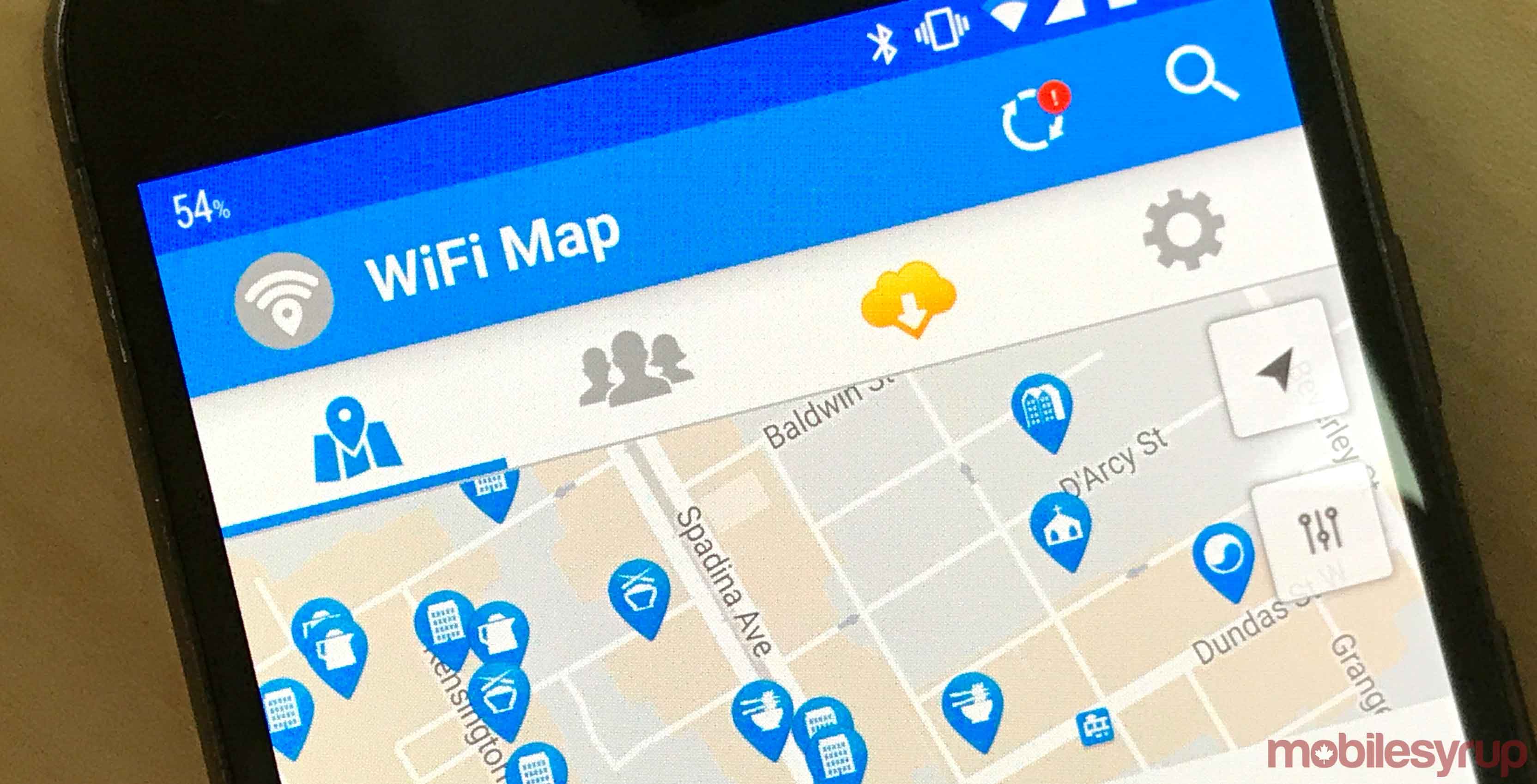
The standards body behind Wi-Fi, the Wi-Fi Alliance, is now beginning to certify products using its next-generation of security protocol, WPA3.
Announced in January 2018, the new protocol is the first update since 2004.
WPA3 adds several new features to improve the former protocol, WPA2, which uses encryption to guard against man-in-the-middle attacks, but is vulnerable to hardware-level attacks and password vulnerabilities.
WPA3-Personal, the consumer version of the protocol, promises extra protection against brute force password cracking, including more resilient, password-based authentication even when users choose insecure passwords.
One of the features protects against offline password-guessing, wherein a hacker might capture data from your Wi-Fi connection, bring it to a private computer and brute force a password. WPA3 renders offline data useless, requiring the hacker to be present with the Wi-Fi device when they guess.
There’s also forward secrecy, which makes it so that an attacker who captures an encrypted Wi-Fi transmission and cracks the password can only see current information, not older data.
As for enterprise, the Alliance says WPA3 provides the equivalent of 192-bit cryptographic strength, which refers to the security key length — 192 bits. This cryptographic strength meets requirements for high-level government work.
Additionally, Wi-Fi Alliance is introducing Wi-Fi-certified Easy Connect, a program that makes it simpler to onboard Wi-Fi IoT devices with limited or no display interfaces while maintaining high security standards.
Further, there’s better guest access encryption. Wi-Fi networks like the ones at your local coffee shop or library, which are typically highly unsafe, gain individualized data encryption, meaning that even if the network is not protected by a password, your connection to the network will be encrypted.
WPA3 will maintain interoperability with WPA2 throughout the transition between the generations — meaning WPA2-certified devices and WPA3-certified devices will still work together — but the new protocol will become mandatory as adoption grows.
After a few years, WPA3 will become ubiquitous for new routers and devices — and all consumers will benefit from the new protections.
MobileSyrup may earn a commission from purchases made via our links, which helps fund the journalism we provide free on our website. These links do not influence our editorial content. Support us here.


